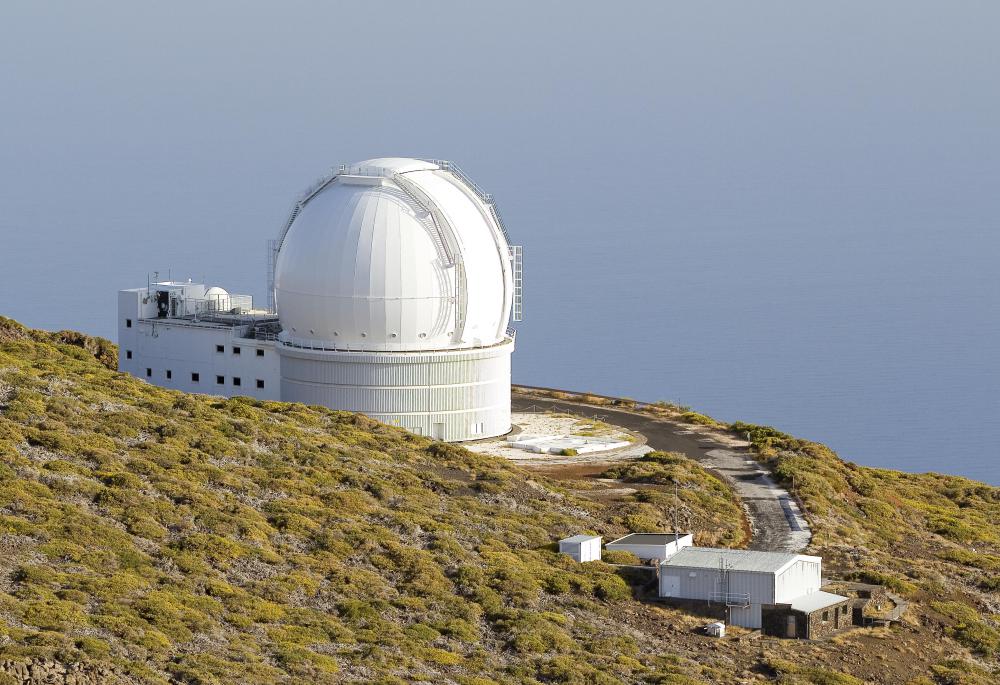At WiseGEEK, we're committed to delivering accurate, trustworthy information. Our expert-authored content is rigorously fact-checked and sourced from credible authorities. Discover how we uphold the highest standards in providing you with reliable knowledge.
How Do I Choose the Best Telescope Mounts?
Finding the perfect match between telescope and mount can make all the difference in the performance of a scope and your satisfaction with the experience. Understanding the different varieties of mounts and how they serve telescope types will help you better select a mount, whether chosen with a telescope or for matching to an existing scope. Alt-azimuth and equatorial telescope mounts comprise the two main varieties for astronomical telescopes; the equatorial category can be broken down into fork mounts and German equatorial mounts. Your best mount choice will serve your particular needs, whether you locate and lock on to astronomical phenomena for viewing, tracking, or astrophotography.
Telescope mounts assist users by freeing their hands. They smooth out tracking and keep the scope steady. Like camera tripods, these accessories range from bare-minimum manual styles to high-tech, high-quality components sporting automated controls. Choosing among the variety is not so difficult once you understand how these types fit user purposes and scope styles.

Alt-azimuth mounts are the simplest and most common variety. These resemble a camera tripod with vertical and horizontal swiveling capabilities; vertical is the altitude, while horizontal is the azimuth that lends its name to the mount. Equatorial telescope mounts are double-axis swivels that permit control over polar and declination angles. This more complex variety is used for tracking objects across the sky.
Better alt-azimuth telescope mounts will provide a smooth rather than jerky motion. They might feature slow-motion knobs to make adjustments feel smoother and more high-tech. With adjustments going vertically and horizontally, they may be mounted on a ball and socket or a rocker box. This latter type is also known as a Dobsonian mount, which better stabilizes scopes with larger apertures. While you may get what you pay for, it is possible to find hefty mounts that give fluid control without an astronomical investment.
Equatorial telescope mounts serve refractor and Newtonian reflectors. German equatorial mounts use a T-shaped axis aligned with the Earth's pole. Fork-mount styles are Y-shaped supports mounted on a wedge. Angled in alignment with the Earth's pole, forks provide an axis of rotation. while a tube swivels within the prongs. This type is useful for shorter optical tubes and astrophotography.
After determining a suitable mount type in your price range, next think about where you are most likely to be using your telescope. Selecting telescope mounts can be a balancing act between stability and portability, as well as automation capabilities and the weight added by these components. For telescopes carried into the field, durable, weatherproof mounts work well, if they are easily set up and broken down. These may offer a better field performance than heavier mounts for more permanent placements. These mounts are designed using the same principles as large-scale observatory telescopes.
AS FEATURED ON:
AS FEATURED ON:











Discuss this Article
Post your comments